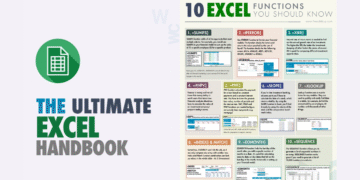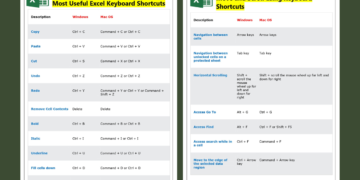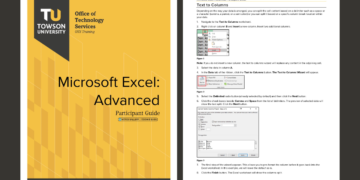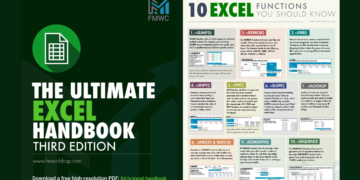Whether you’re an aspiring finance professional, business owner, or investor, mastering financial modeling is one of the most valuable skills you can develop. Our comprehensive Financial Modeling Handbook (free PDF download) gives you step-by-step guidance—from basic concepts to advanced valuation techniques.
💡 Why Learn Financial Modeling?
✔ Boost Your Career – Essential for investment banking, private equity, and corporate finance roles
✔ Make Smarter Business Decisions – Forecast growth, assess risks, and optimize strategies
✔ Invest Like a Pro – Value stocks, startups, or entire companies with confidence
🎯 Who Needs This Guide?
- Finance Professionals (Analysts, Accountants, CFOs)
- Entrepreneurs & Business Owners (Plan funding needs, growth strategies)
- Investors (Evaluate stocks, startups, or M&A opportunities)
- Students (Ace finance courses and interviews)


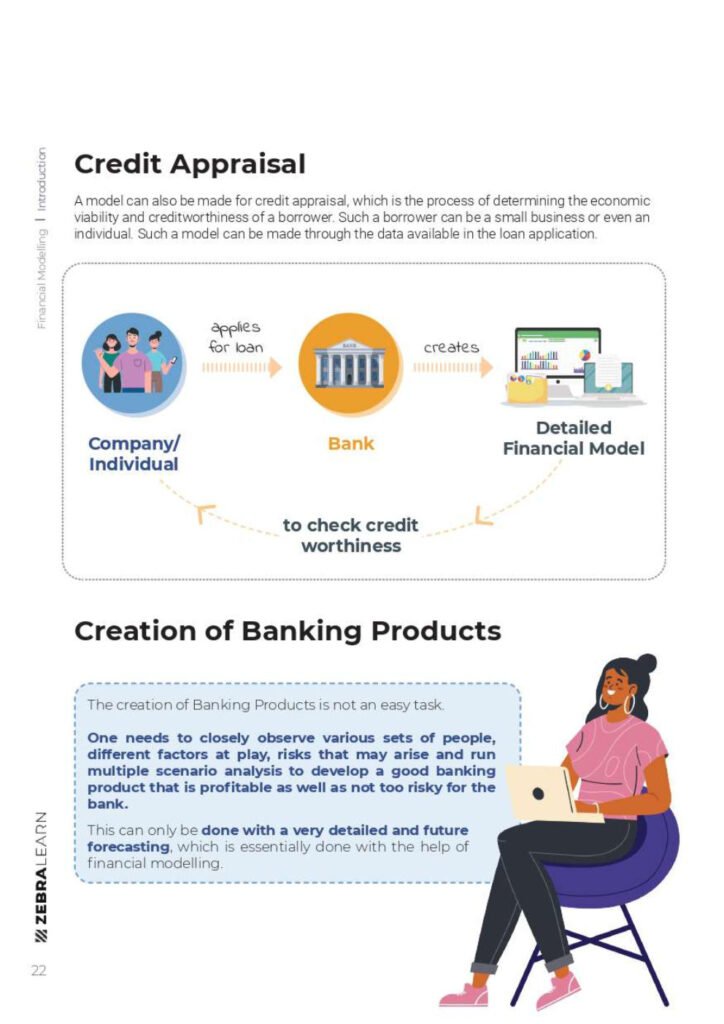
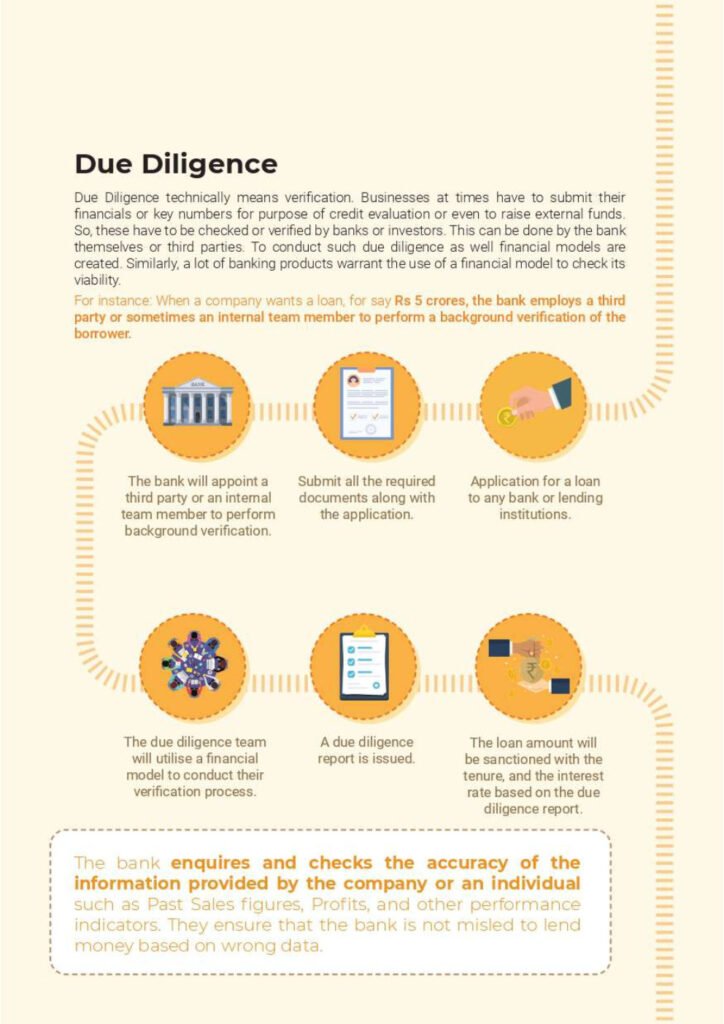

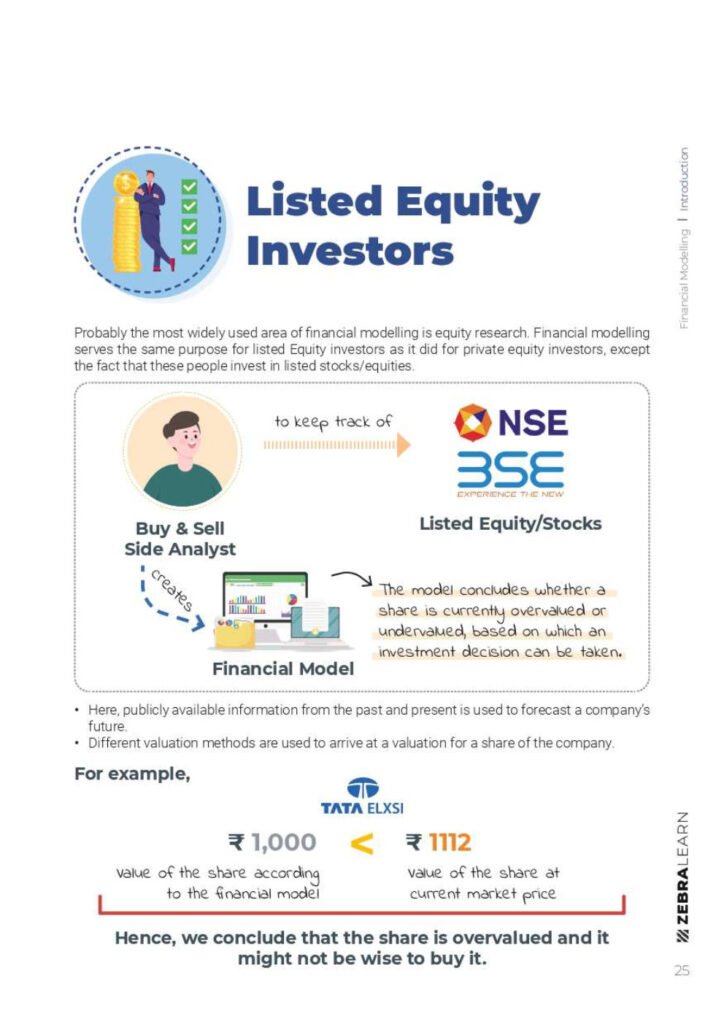


Table Of Content
1. Introduction to Financial Modelling
- 1.1 What is a financial model?
- 1.2 Who uses financial modelling?
2. Basics of Financial Modelling
- 2.1 Building the right mindset
- 2.2 Follow principles, not rules
- 2.3 Be realistic (neither conservative nor aggressive)
- 2.4 You will never know everything
- 2.5 Scenario Analysis
3. Core Concepts
- 3.1 Financial Statements
- 3.2 Data handling techniques
- 3.3 Time Value of Money
- 3.4 Key TVM terms
- 3.5 Understanding Free Cash Flows
- 3.6 Types of Free Cash Flows
- 3.7 WACC (Weighted Average Cost of Capital)
- 3.8 Estimating cost of equity using CAPM
- 3.9 Discounted Cash Flows
- 3.10 Key DCF terms
- 3.11 Types of Valuation Methods
4. Business Understanding
- 5.1 Company life cycle stages
- 5.2 Transaction-specific models
- 5.3 Business analysis fundamentals
- 5.4 Industry research basics
- 5.5 Competitive positioning
- 5.6 Product life cycle
- 5.7 Capital intensity assessment
- 5.8 Seasonality factors
- 5.9 Working/Fixed capital requirements
5. Model Construction
- 6.1 Historical data normalization
- 6.2 Profit & Loss statement
- 6.3 Balance Sheet
- 6.4 Cash Flow Statement
- 6.5 Financial statement analysis
6. Forecasting Techniques
- 7.1 Model assumptions
- 7.2 Revenue forecasting
- 7.3 Cost forecasting
- 7.4 Balance Sheet forecasting
- 8.1 Working Capital assets
- 8.2 Long-term liabilities
- 8.3 Current liabilities
- 8.4 Shareholder’s equity
- 8.5-8.7 Cash flow forecasting (Operating/Investing/Financing)
- 8.8 Balance Sheet reconciliation
7. Valuation Methods
- 9.1 Discounting cash flows
- 9.2 WACC-based valuation
- 9.3 WACC calculation
- 9.4 Enterprise Value
- 9.5 DCF valuation
- 10.1 Relative valuation concepts
- 10.2 Consensus valuation
8. Conclusion & Supporting Materials
- Conclusion
- Disclaimer
- Credits
📥 Download Your Free Financial Modeling PDF
🔗 Click Here to Get the Full Handbook
📢 Testimonials
⭐ “This guide helped me build my first DCF model—landed me a private equity internship!” – David, Finance Student
⭐ “Finally, a resource that explains WACC and DCF in simple terms!” – Priya, Startup Founder




